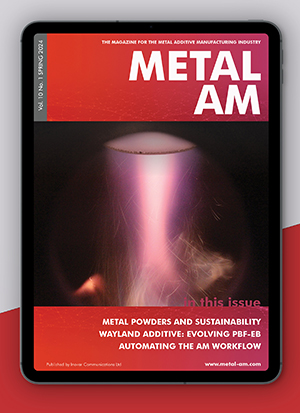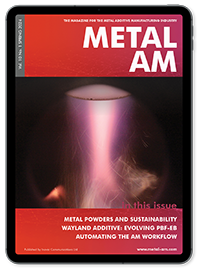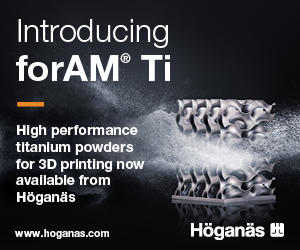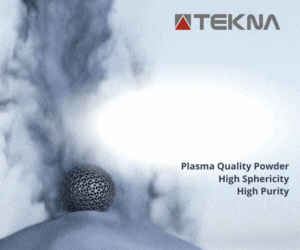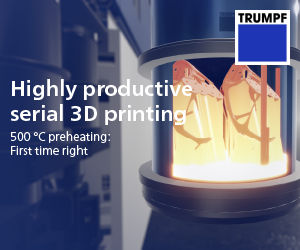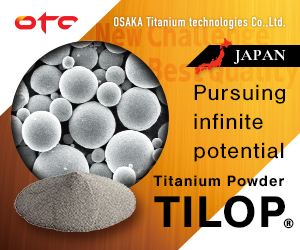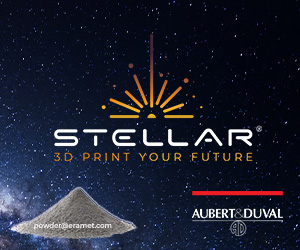Velo3D’s Sapphire XC to support BPMI’s US Navy programme
March 12, 2024
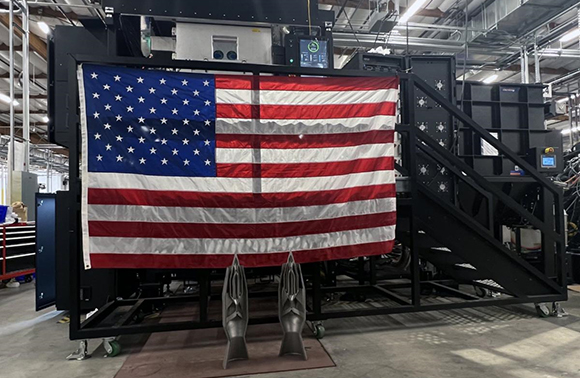
Velo3D, Inc., headquartered in Campbell, California, USA, has announced that Bechtel Plant Machinery Inc (BPMI), Monroeville, Pennsylvania, has selected a large-format Sapphire XC Laser Beam Powder Bed Fusion (PBF-LB) Additive Manufacturing machine for work within the US Naval Nuclear Propulsion Program.
The machine is calibrated for stainless steel 415, an alloy of iron, chromium, and nickel that provides good tensile strength and corrosion resistance at a range of temperatures. It will be operated by ATI at its new AM facility outside Fort Lauderdale, Florida.
Earlier this year, BPMI awarded a contract to ATI to support the development of highly engineered part solutions for advanced manufacturing methods, including metal Additive Manufacturing. The partners will use the Sapphire XC to produce parts previously produced through casting, reducing lead times for mission critical parts, and streamlining their supply chain.
Velo3D’s technology was developed in the United States and includes a fully integrated software and hardware solution. It offers the ability to produce parts with a variety of geometries with few-to-no supports, reportedly allowing the technology to address applications that other Additive Manufacturing technologies cannot. The Sapphire XC also enables more innovative designs to replace components currently in use and can be scaled to additional machines across multiple locations and operators.
“BPMI and ATI’s progressive approach to 3D printing is extremely forward-thinking and this new, revolutionary facility will significantly augment the US Navy’s supply chain for maintenance, repair, and operations,” said Brad Kreger, CEO at Velo3D. “Both companies are early adopters of metal 3D printing and innovators in the manufacturing industry. We look forward to working with them as they support the US Navy’s fleet, including its aging vessels.”
The US Navy currently operates approximately 300 vessels, many of which were commissioned decades ago. It, along with the broader US Department of Defense, now actively incorporates Additive Manufacturing, acknowledging its efficiency in supporting its aging equipment, enhancing readiness, and reducing replacement part lead-times. Additive Manufacturing accomplishes this by enabling distributed supply chains and digital inventories where manufacturers can produce parts within spec across any similar AM machine calibrated for the same metal alloy. ATI’s new secure facility, along with Velo3D’s fully integrated solution, are said to be significant steps forward in advancing the Navy’s maintenance and operational capabilities.
“Printers with larger build volumes and the ability to print with less support structures are ideal for US Naval Nuclear Propulsion Program applications,” said Nathan Weiderspahn, BPMI Executive Manager, Industrial Base Management. “This Additive Manufacturing technology will greatly support our efforts in delivering new technology to the US Navy and helping maintain its fleet of ships.”
“ATI will be able to more easily additively produce complex parts with fewer support structures, at lower angles, and larger sizes than ever before,” stated Joe Thompson, General Manager of ATI Additive Manufacturing Products. “This enables us to broaden the scope of possible part designs for our defence and aerospace customers, enabling higher performance and better quality. The business opportunity represented by these previously unproduceable part designs is significant.”
Download Metal AM magazine
